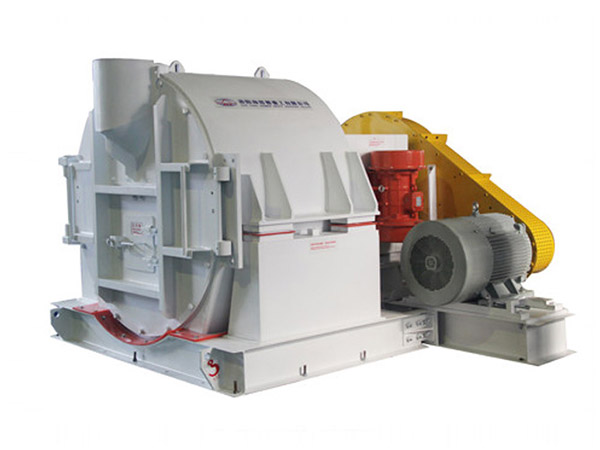How can I increase the efficiency of my vibrating screen?
A vibrating screen is a machine used to separate materials into different sizes or grades based on their particle size. It consists of a vibrating screen box, a motor, a vibration exciter, and supporting springs. The screen box is usually made of steel and has a series of screens or meshes of different sizes, which allow materials of different sizes to pass through.
Vibrating screens are commonly used in a variety of industries, including mining, construction, agriculture, and recycling. Some common applications of vibrating screens include:
Separating and grading aggregates, sand, gravel, and crushed stone in construction and mining industries.

Screening and grading powders and granular materials in chemical, pharmaceutical, and food processing industries.
Sorting and separating waste materials in recycling operations.
Separating liquids and solids in industrial processes.
To increase the efficiency of a vibrating screen, there are several things that can be done:

Adjust the inclination angle
The inclination angle of the vibrating screen can affect the screening efficiency. If the angle is too steep, material may not move smoothly and could cause clogging. If the angle is too shallow, material may not be screened effectively. Therefore, adjusting the inclination angle can optimize the screening efficiency.
Adjust the feeding method
The feeding method can also affect the screening efficiency. If material is fed too quickly, the vibrating screen may not be able to handle the flow rate, causing clogging. On the other hand, if the feeding rate is too slow, material may not be fully screened. Therefore, adjusting the feeding method can optimize the screening efficiency.
Increase the screen aperture
Increasing the screen aperture can increase the throughput of the vibrating screen, but it may reduce the screening accuracy. Therefore, it is important to balance the screen aperture with the screening accuracy required.

Increase the vibration frequency
Increasing the vibration frequency of the vibrating screen can improve the screening efficiency by causing the material to move more quickly and reducing the possibility of clogging. However, it may also increase the noise level and wear on the screen.
Regular maintenance
Regular maintenance can ensure that the vibrating screen is functioning properly and can help prevent issues that could affect the screening efficiency, such as wear on the screen or misalignment of components.
Overall, optimizing the vibrating screen for maximum efficiency requires a balance between various factors such as inclination angle, feeding method, screen aperture, vibration frequency, and maintenance.



